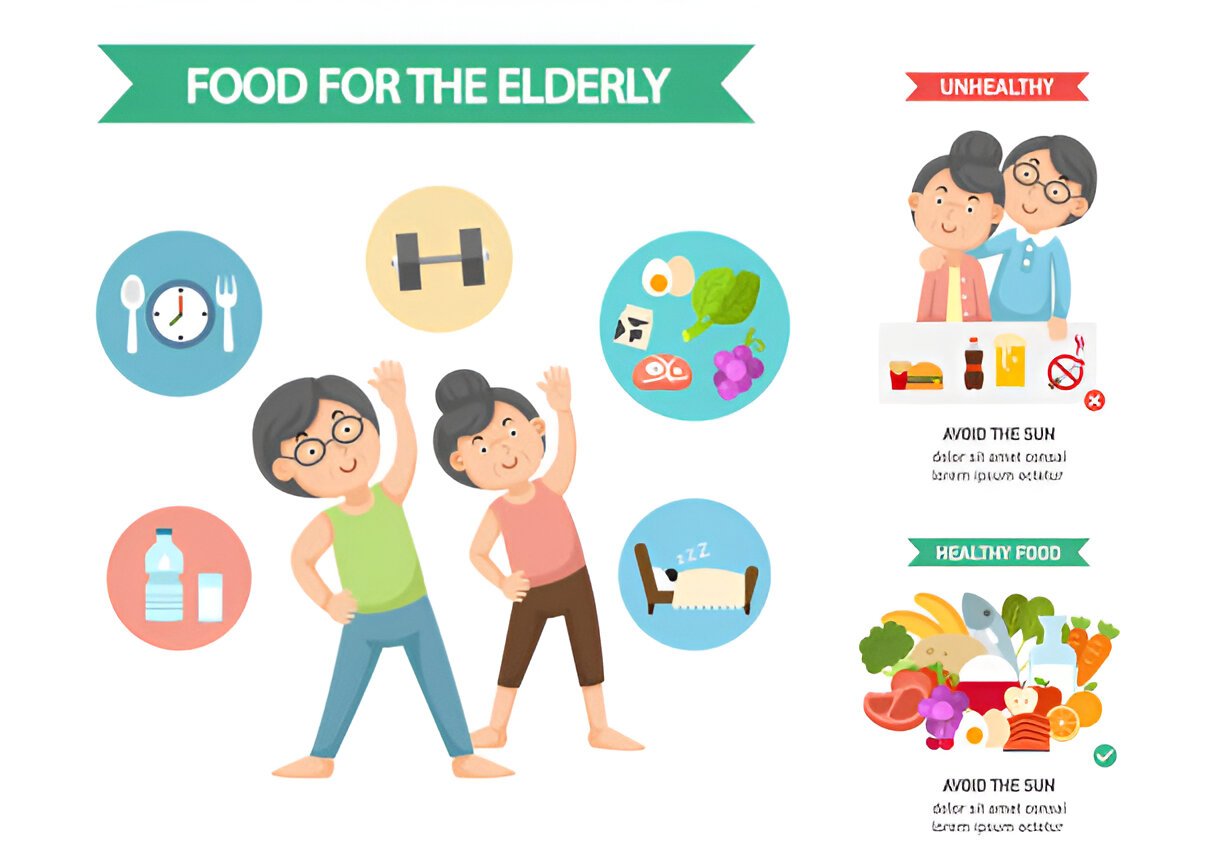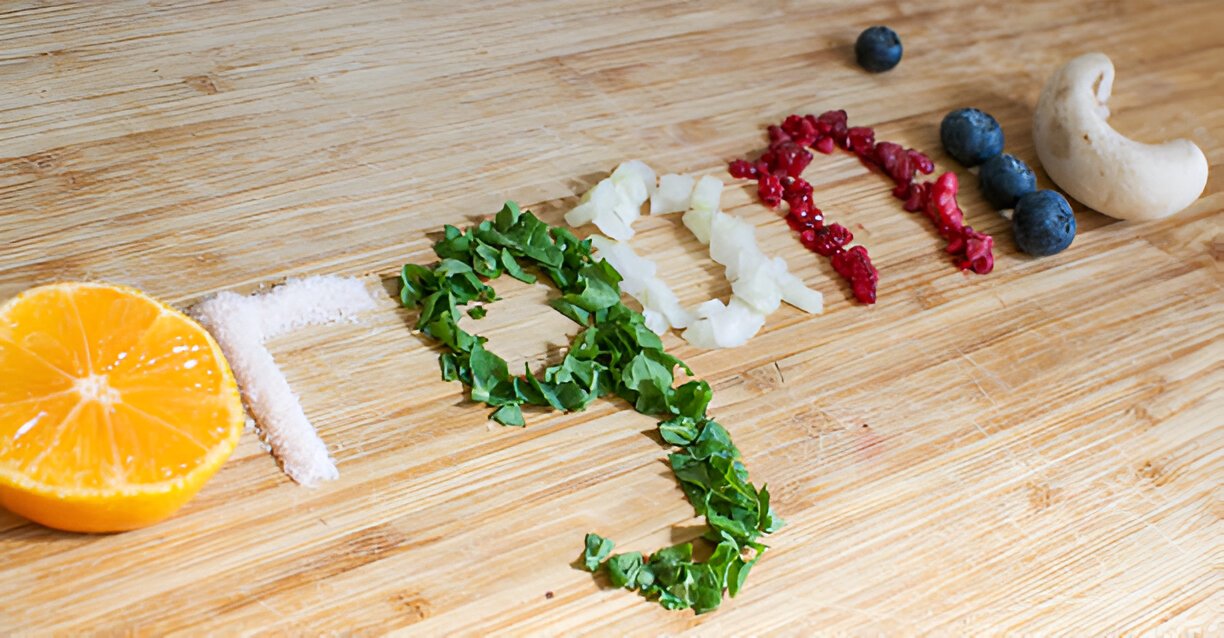
In today’s fast-paced world, eating healthy can sometimes feel like a daunting task. Between work, family commitments, and social activities, preparing nutritious meals may seem like a challenge. However, eating healthy doesn’t have to be complicated or time-consuming. With a few simple, yet delicious food choices, you can nourish your body and enjoy every bite without the stress.
In this blog, we’ll explore how to make healthy eating easier and more enjoyable by focusing on straightforward food choices that you can incorporate into your daily routine. From breakfast to dinner and everything in between, these simple options will keep you feeling energized, satisfied, and healthy.
1. Start Your Day with a Balanced Breakfast
Breakfast is often called the most important meal of the day, and for good reason. A healthy breakfast provides essential nutrients and sets the tone for the rest of your day. The key is to include a balance of protein, fiber, and healthy fats to keep you full and energized.
- Overnight oats: A quick and easy breakfast that you can prepare the night before. Mix rolled oats with your favorite milk (dairy or plant-based), add some chia seeds, and top with berries or a spoonful of almond butter. The oats provide fiber, while the chia seeds and nut butter offer healthy fats and protein.
- Greek yogurt with fruit and nuts: Greek yogurt is packed with protein, and when combined with fresh fruit and a handful of nuts or seeds, it creates a satisfying breakfast full of essential vitamins, minerals, and healthy fats.
- Smoothies: If you’re short on time, smoothies are a great option. Blend spinach or kale with a banana, some berries, a scoop of protein powder, and a splash of almond milk. You’ll get a healthy dose of antioxidants, fiber, and protein, all in one delicious drink.
2. Choose Whole Grains for Sustained Energy
Whole grains are an excellent source of fiber, B vitamins, and important minerals like iron and magnesium. They provide long-lasting energy and help regulate blood sugar levels. Incorporating more whole grains into your meals is a simple way to enhance your nutrition without sacrificing taste.
- Quinoa: A versatile whole grain that can be used as a base for salads, bowls, or as a side dish. It’s high in protein and contains all nine essential amino acids, making it a great choice for vegetarians and vegans.
- Brown rice: A staple in many cuisines, brown rice is a great alternative to refined white rice. It’s full of fiber, which helps with digestion and keeps you feeling full longer.
- Whole wheat bread: Swap out white bread for whole wheat or multigrain options. Whole wheat bread retains the bran and germ of the grain, providing more fiber and nutrients.
3. Load Up on Vegetables
Vegetables are rich in vitamins, minerals, and antioxidants that promote overall health. They’re also low in calories, making them an excellent choice for anyone looking to maintain or lose weight. Adding more vegetables to your meals can boost your intake of essential nutrients without adding excess calories.
- Roasted vegetables: Roasting vegetables like sweet potatoes, carrots, Brussels sprouts, and cauliflower enhances their flavor and makes them a delicious side dish. Toss them with olive oil, garlic, and your favorite herbs before roasting to bring out their natural sweetness.
- Salads: Incorporating a variety of leafy greens and colorful vegetables into your salad can turn it into a nutrient-packed meal. Try spinach, kale, arugula, or mixed greens, and add a mix of colorful veggies like bell peppers, cucumbers, and tomatoes. Top with lean protein like grilled chicken or chickpeas for a well-rounded meal.
- Vegetable stir-fries: Stir-fries are a quick and easy way to enjoy a variety of vegetables. Sauté them with some garlic, ginger, and low-sodium soy sauce for a tasty, nutrient-dense dish that pairs well with whole grains like brown rice or quinoa.
4. Incorporate Lean Proteins
Protein is essential for building and repairing tissues, supporting immune function, and keeping you full and satisfied. Choosing lean sources of protein can help you maintain a healthy weight and reduce your intake of saturated fats.
- Chicken breast: Skinless chicken breast is a lean source of protein that can be grilled, baked, or sautéed with your favorite seasonings. It’s versatile and can be used in salads, wraps, or paired with vegetables for a well-balanced meal.
- Fish: Fatty fish like salmon, tuna, and mackerel are rich in omega-3 fatty acids, which are beneficial for heart health. Aim to include fish in your diet two to three times a week for its anti-inflammatory benefits and healthy fats.
- Legumes: Beans, lentils, and chickpeas are excellent plant-based sources of protein. They are also high in fiber and can be used in soups, stews, salads, or even blended into dips like hummus.
5. Snack on Nutrient-Dense Foods
Snacking can be an important part of a healthy eating plan, as long as you choose nutrient-dense options that support your energy needs without adding excess calories. Opt for snacks that are high in protein, fiber, and healthy fats to keep you feeling full between meals.
- Nuts and seeds: A small handful of almonds, walnuts, or sunflower seeds can provide a satisfying snack that’s full of healthy fats, protein, and fiber. Pair with a piece of fruit for a balanced snack.
- Hummus with veggies: Hummus is made from chickpeas and is packed with protein and healthy fats. Pair it with raw veggies like carrot sticks, cucumber, or bell peppers for a crunchy, satisfying snack.
- Hard-boiled eggs: Eggs are an excellent source of high-quality protein. Keep a batch of hard-boiled eggs in the fridge for a quick, nutrient-dense snack that will keep you energized throughout the day.
6. Drink Plenty of Water
Staying hydrated is essential for maintaining optimal health. Water supports digestion, circulation, temperature regulation, and detoxification. Sometimes, feelings of hunger can actually be a sign of dehydration, so it’s important to drink enough water throughout the day.
- Infused water: Add slices of lemon, cucumber, or fresh herbs like mint to your water for a refreshing twist. Not only does this make it more enjoyable, but it also encourages you to drink more throughout the day.
- Herbal teas: Unsweetened herbal teas like chamomile, peppermint, or ginger can be a great alternative to sugary drinks. They are hydrating and may even offer additional health benefits, such as improved digestion or relaxation.
Conclusion
Eating healthy doesn’t have to be complicated or boring. By making simple, delicious food choices, you can nourish your body and enjoy every meal. Focus on whole foods, lean proteins, fiber-rich vegetables, and balanced snacks, and you’ll be well on your way to feeling your best every day.
Remember, small changes add up over time. Start by incorporating one or two of these healthy food choices into your routine, and watch how they transform your diet and your overall health. Eating healthy is not about perfection—it’s about making better choices and enjoying the process along the way.












